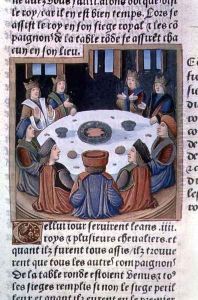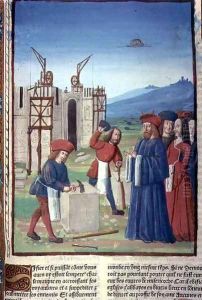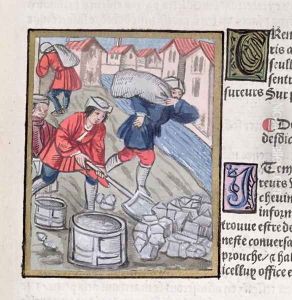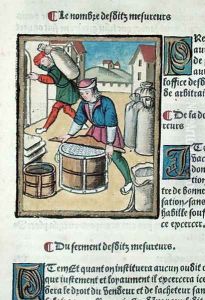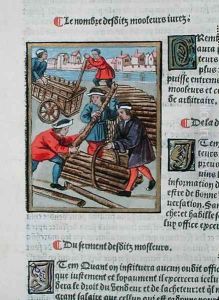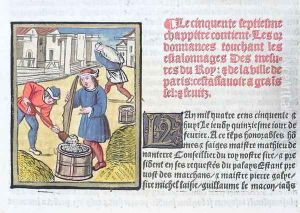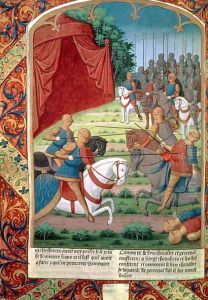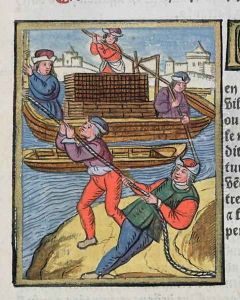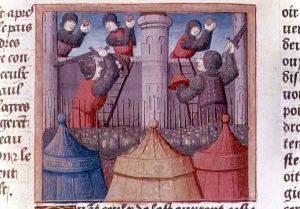Antoine Verard Paintings
Antoine Vérard was a Parisian publisher and bookseller who was active from the late 15th century into the early 16th century, making him a significant figure in the early history of printing in France. Born around 1445, Vérard was among the first to establish a successful printing business in Paris, which became a center for the European book trade.
Vérard's work is particularly noted for its integration of text and illustration, which was innovative at the time. He specialized in producing luxury books, often illuminated manuscripts, which were hand-decorated with borders, initials, and miniature illustrations. These books were highly prized by the nobility and the wealthy bourgeoisie, who were among his main clientele.
Throughout his career, Vérard published a variety of texts including romances, chivalric tales, historical chronicles, and religious works. His editions of the 'Roman de la Rose' and 'The Book of Hours' are especially celebrated for their beauty and the quality of their illustrations. He was also known for printing in French rather than Latin, which made his books more accessible to a lay audience, contributing to the rise of vernacular literature.
Vérard's success stemmed partly from his ability to cultivate patronage among the French nobility and even royalty. He was granted the title of 'Libraire de roi' (Bookseller to the King) by Charles VIII, Louis XII, and Francis I, which allowed him privileged access to court and secured his position as a leading publisher of his time.
He operated his business from the Saint-Jacques district in Paris, which was the hub of the book trade during the Renaissance. Vérard was not only a printer and bookseller but also an editor and translator, demonstrating a versatile engagement with the burgeoning world of print culture.
His death, around 1512, marked the end of an influential career in the midst of a transformative period in European art and literature. Antoine Vérard's contributions were crucial in the transition from manuscript to print, and his legacy is evident in the rich tradition of French bookmaking and the history of Renaissance publishing.
